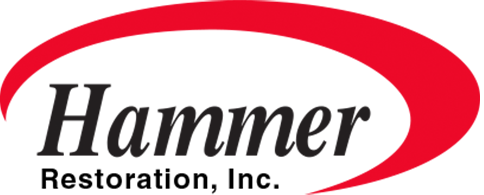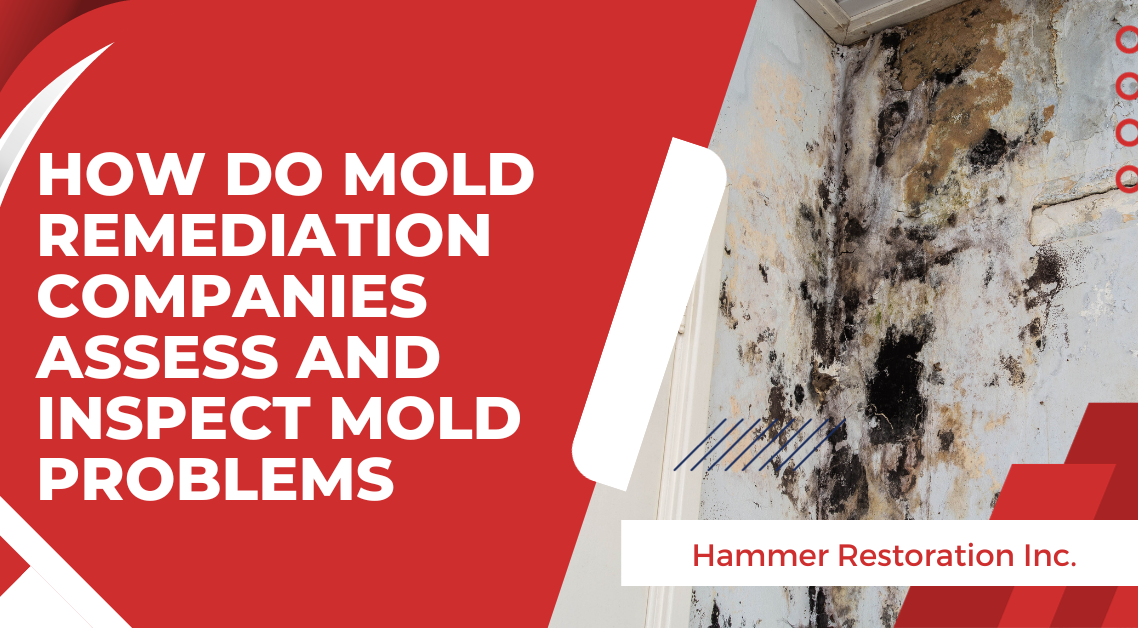Mold infestations can be a silent menace, often lurking in the hidden corners of our homes or businesses. When mold issues arise, it’s important to address them promptly and effectively to protect your health and property. Professional mold remediation companies play a pivotal role in this process. In this article, we’ll guide you through the key steps involved in mold remediation, shedding light on how these companies assess and inspect mold problems.
What to Expect During Mold Remediation
Before delving into the specific steps of mold remediation, it’s important to have a general understanding of what the process entails. Mold remediation is a comprehensive approach to identify, contain, and eliminate mold growth. The process typically involves mold inspection and assessment, containment measures, air filtration, removal of moldy materials, and cleaning of affected belongings. Let’s explore each step in detail.
Step 1: Mold Inspection and Assessment
The first step in mold remediation is a thorough inspection and assessment. Mold remediation experts are trained to identify the type of mold, assess the extent of the infestation, and determine the best course of action. This step involves using advanced tools like moisture meters, thermal imaging cameras, and air sampling devices to locate hidden mold and assess the overall indoor air quality.
Step 2: Mold Containment
Once the assessment is complete, the next step is mold containment. Containment is vital to prevent the spread of mold spores to unaffected areas during the remediation process. Professionals use techniques such as creating physical barriers with plastic sheeting and employing negative air pressure systems to ensure that mold is confined to the designated area.
Step 3: Air Filtration
To improve indoor air quality during mold remediation, specialized air filtration systems are employed. High-efficiency particulate air (HEPA) filters are used to capture mold spores and other contaminants from the air, reducing the risk of cross-contamination. This step is important in creating a safer environment for both the occupants and the remediation team.
Step 4: Removal of Moldy Materials
The core of mold remediation involves the removal of mold-infested materials. This includes damaged drywall, insulation, carpeting, and other porous materials that cannot be effectively cleaned. The goal is to eliminate the source of the mold and prevent its recurrence. Professional remediation teams are equipped with the necessary protective gear and follow industry standards to safely remove and dispose of contaminated materials.
Step 5: Cleaning of Belongings
Mold can attach itself to personal belongings, making thorough cleaning essential. Remediation experts use specialized cleaning agents and techniques to clean and disinfect items affected by mold. This step helps restore the affected space to a safe and habitable condition.
In the face of mold issues, swift and effective action is imperative to protect both property and health. If you’re facing mold concerns, don’t hesitate to seek professional help. Hammer Restoration is here to assist you in your mold remediation needs. Our experienced team is equipped with the knowledge and tools to address mold problems comprehensively, ensuring a safe and mold-free environment for you and your loved ones.
Contact us today to take the first step towards a mold-free living space.

